How to set up stereo mics for recording
Sometimes, two is better than one
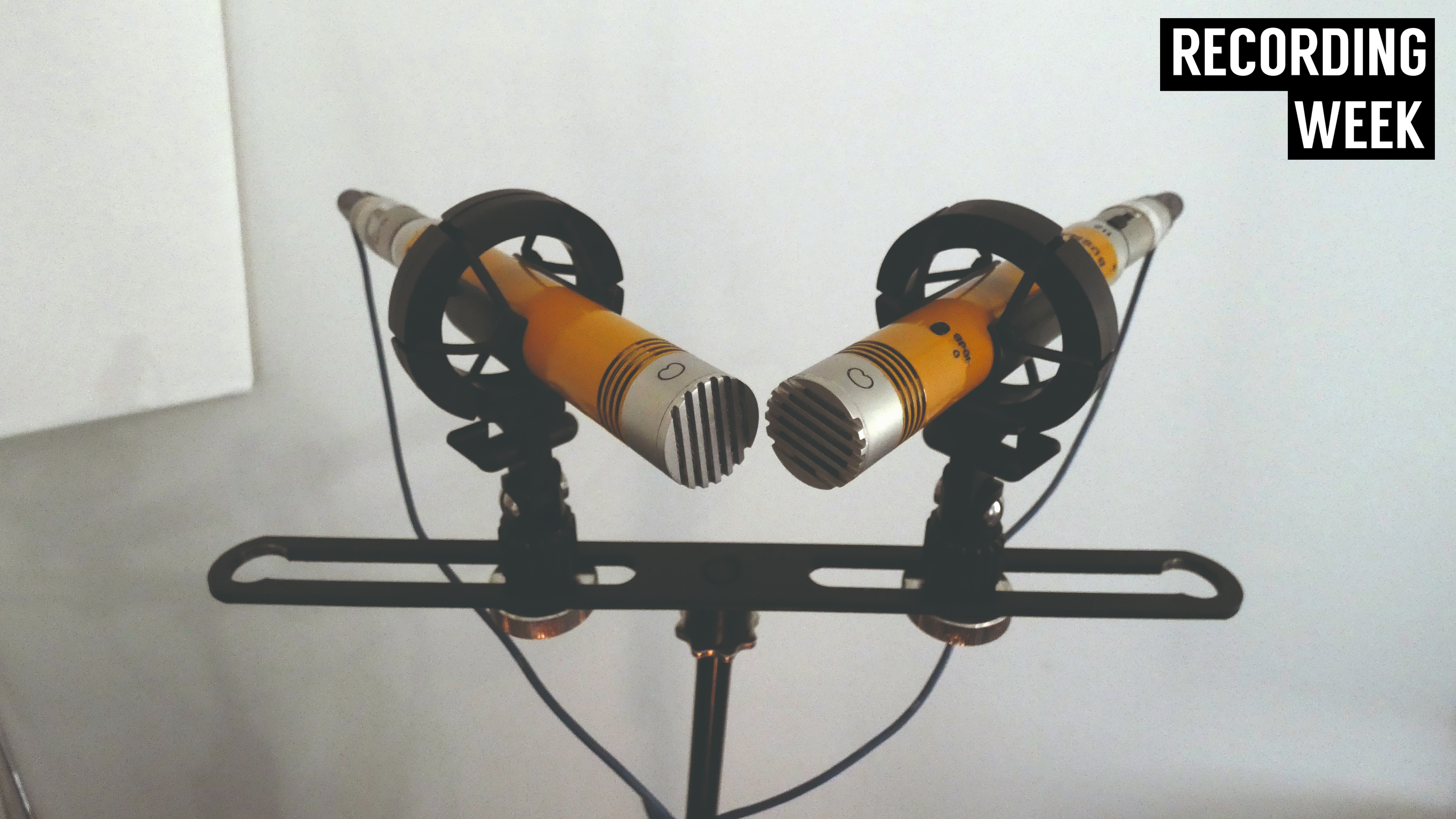
RECORDING WEEK: The most common method of miking something up is to use a single microphone. This will capture a combination of direct sound and room sound in a manner that’s dictated by its pickup pattern and position in relation to the source - but it won’t give us left/right stereo.
In order to capture directional information, we need to record in stereo using two mics. There are various ways to do this, and two main options are the crossed (XY) pair and spaced (AB) pair. We cover these two below.
Other possibilities are the Blumlein pair, ORTF, mid-side and Decca tree. Each mic is recorded to an individual mono track, although you can use stereo tracks if you prefer.
• Recording Week is brought to you in association with Universal Audio
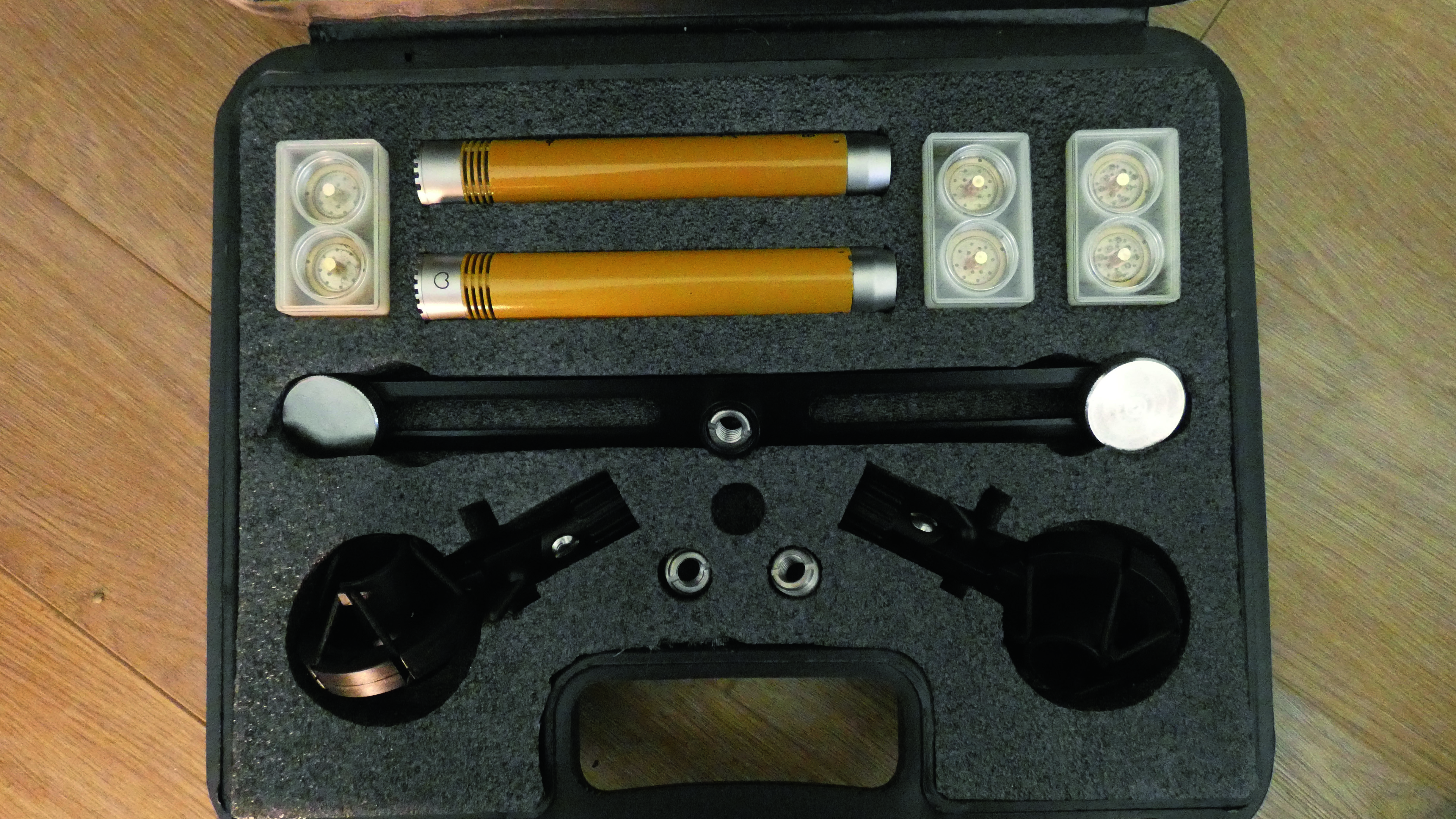
Step 1: To record in stereo, ideally you’ll use a pair of matched microphones. These should not only be exactly the same model, but also very close in level output and frequency response. The most affordable options can often be small-capsule condensers.
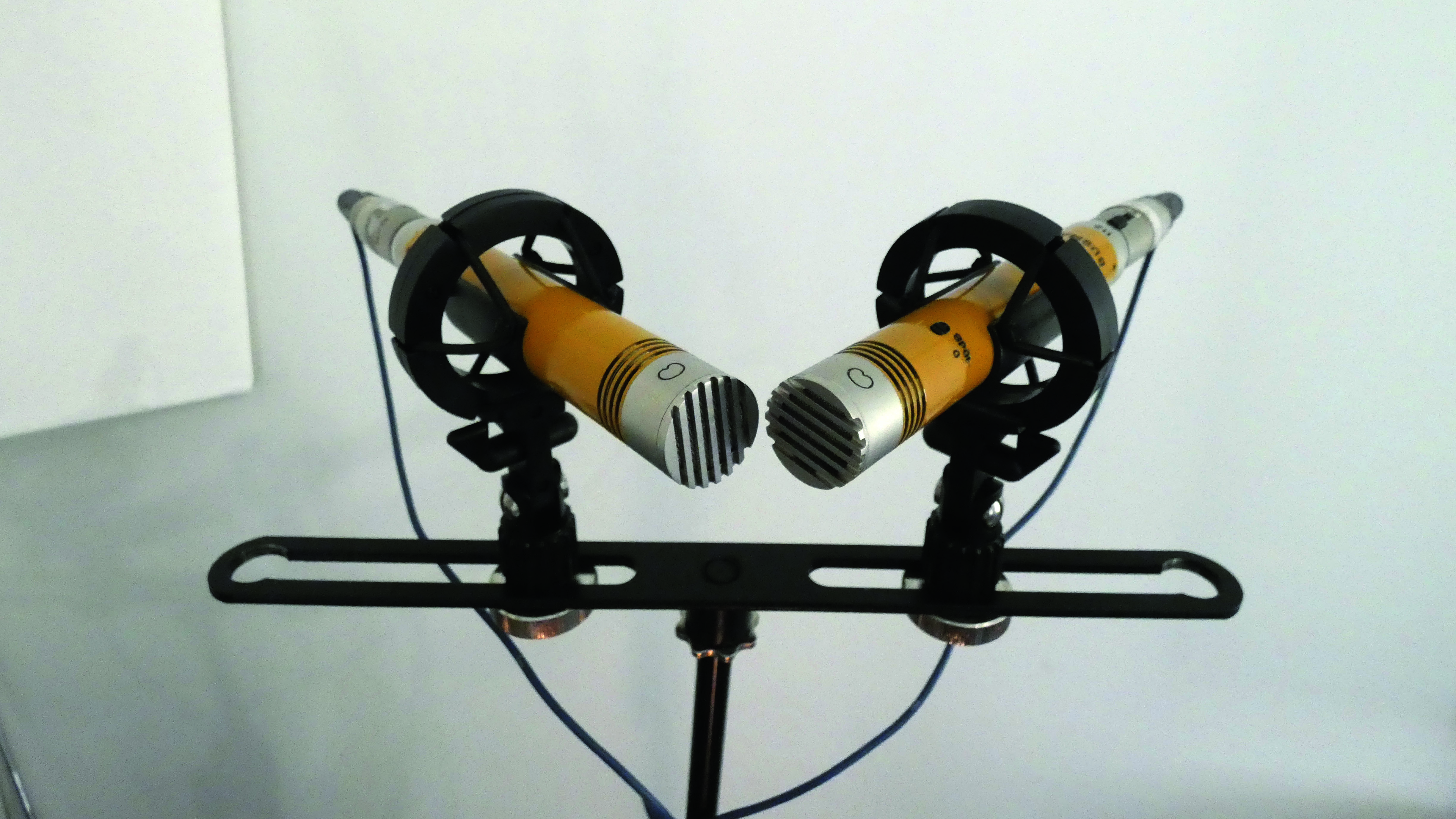
Step 2: To set up a crossed (or XY) pair, use two cardioid mics with their capsules one above the other or adjacent. Set the angle between them to anywhere from 90 to 135 degrees, and point your two-mic rig towards the sound source (using a stereo bar to mount them keeps things simple). Match the gains of the two mics.
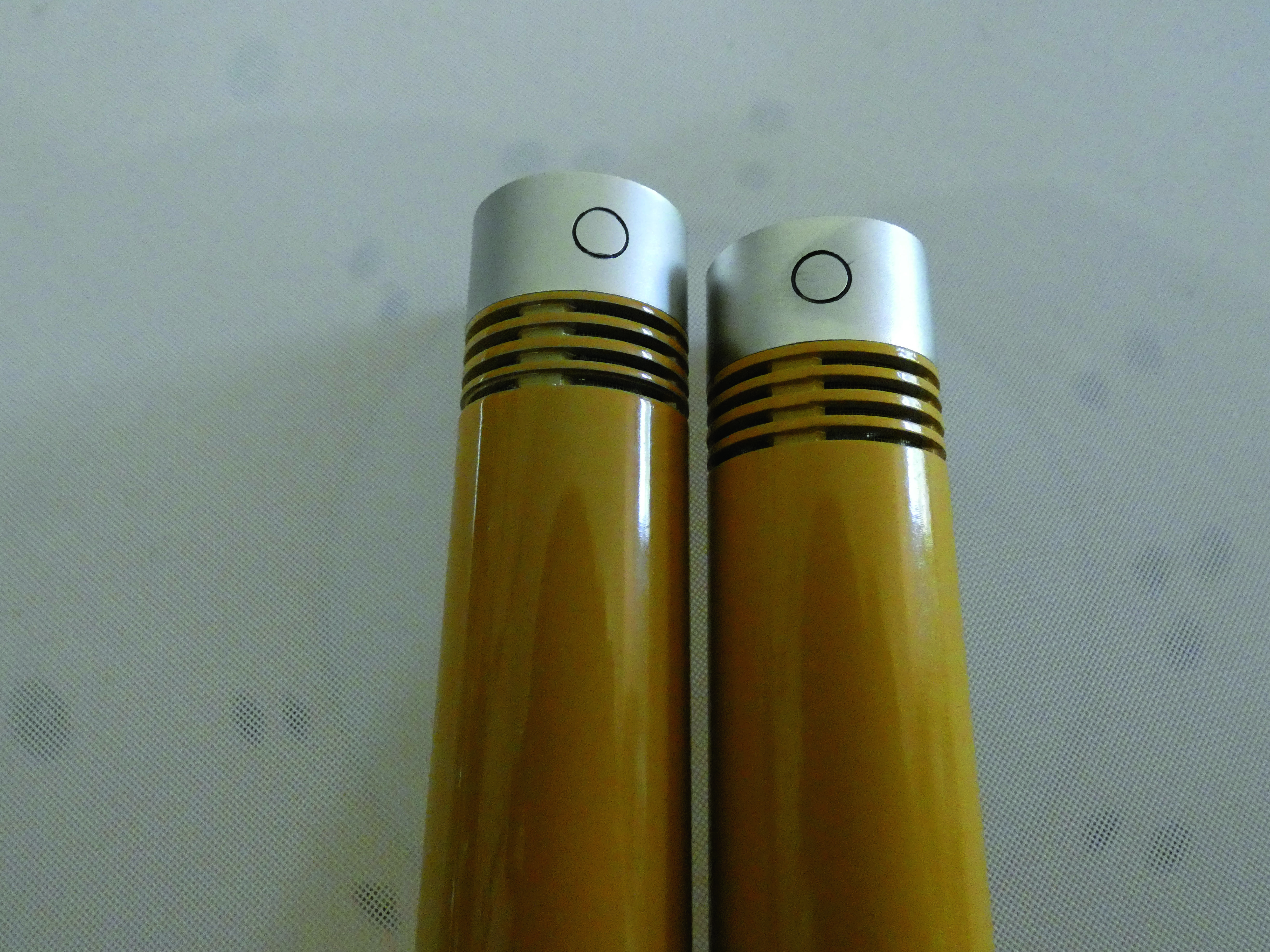
Step 3: For a spaced (or AB) pair, you can use any pickup pattern, but omnis give the most even spectral balance. Space them apart anywhere from 50cm up, according to distance from the sound source. Large spacing will give comb filtering when monoed, so listen for that. Ours is spaced by over a metre, just above the kit.
Get the MusicRadar Newsletter
Want all the hottest music and gear news, reviews, deals, features and more, direct to your inbox? Sign up here.
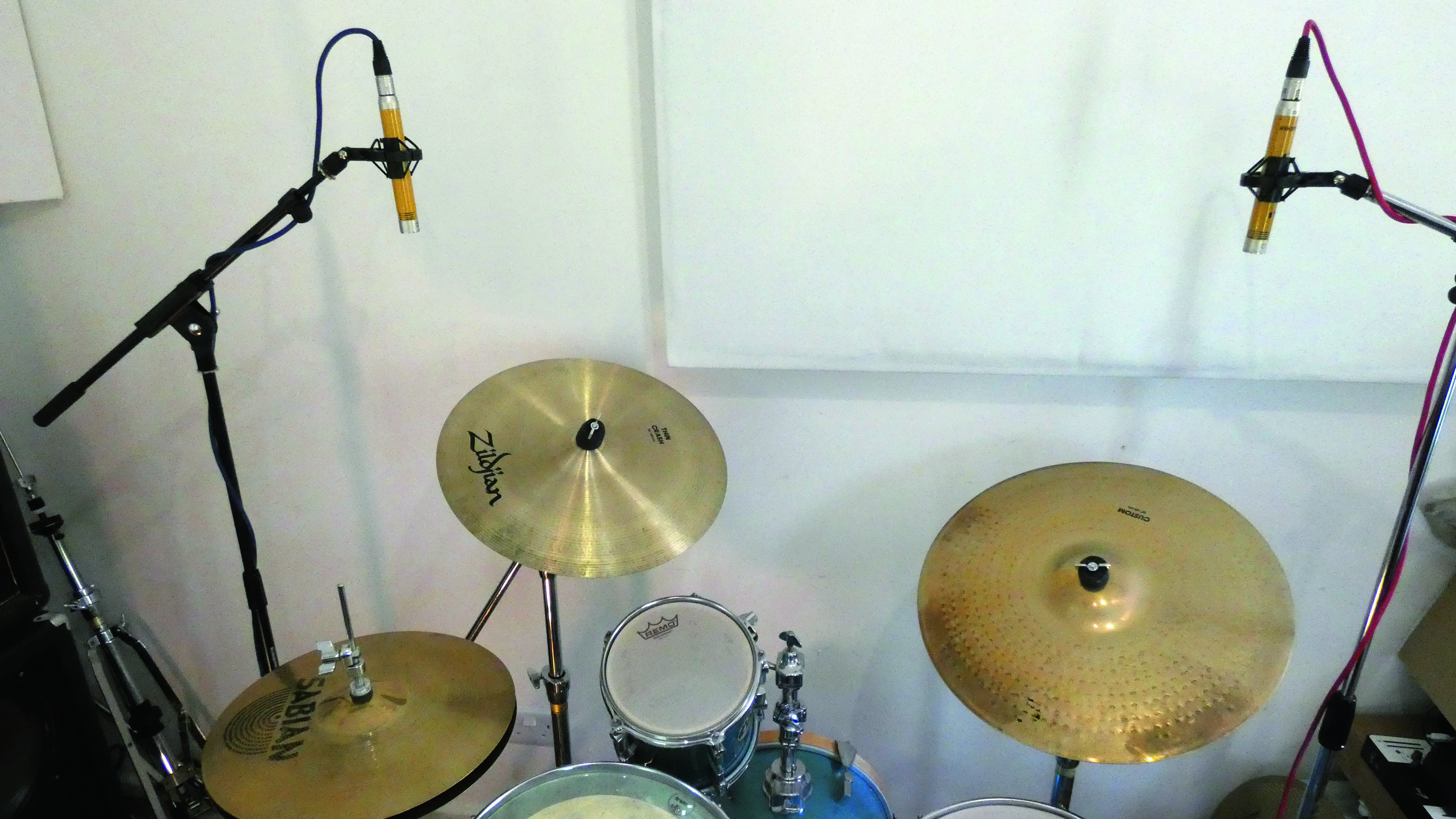
Step 4: When using spaced microphones, there are additional techniques to consider. Most common is the ‘3 to 1 rule’, where the distance between two mics is at least three times the distance from the sound source. This is useful for single-point sources, but less with a drum kit, which has multiple spaced sound sources.
Computer Music magazine is the world’s best selling publication dedicated solely to making great music with your Mac or PC computer. Each issue it brings its lucky readers the best in cutting-edge tutorials, need-to-know, expert software reviews and even all the tools you actually need to make great music today, courtesy of our legendary CM Plugin Suite.
"A classic compressor for free on Valentine's Day – it must be love!": Universal Audio is giving away an 1176 plugin as a Valentine's gift - here's how to get it and use it
“A magical part is this sidechain with the bass”: Lady Gaga breaks down Disease in new studio video










